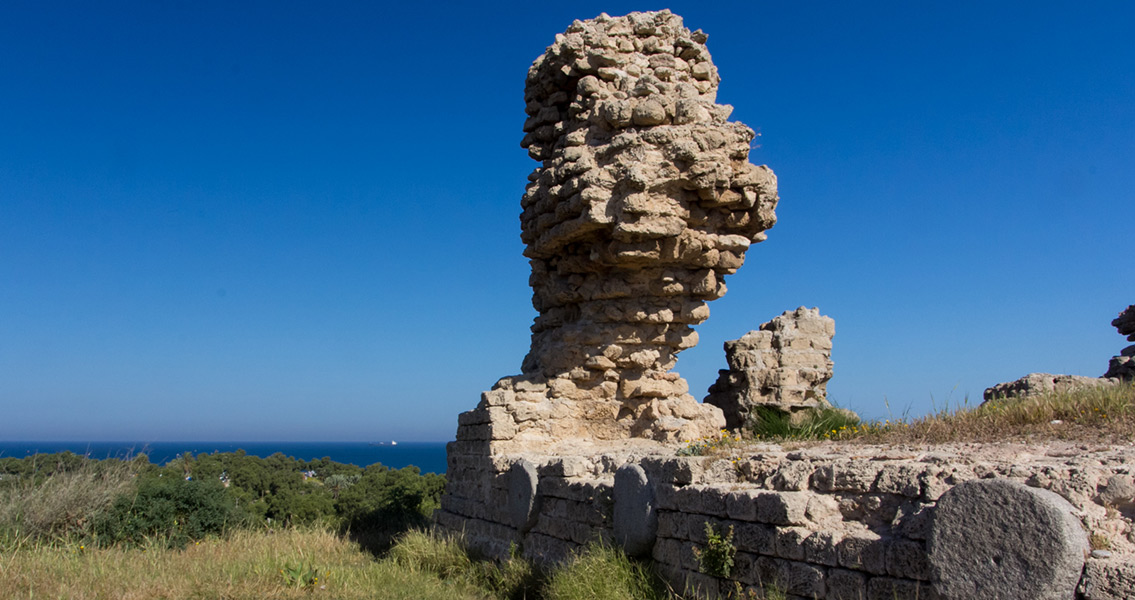<![CDATA[After three decades of excavations in the ancient ruins of Ashkelon, archaeologists have found what is likely to be a cemetery dating to the Philistine era on the outskirts of the Israeli city. Ashkelon has a long and storied history behind it. Set on the Mediterranean coast only around 8 miles north of the Gaza Strip, the city passed between the hands of Canaanites, Philistines, Persians, Romans and countless other groups before its modern identity as an Israeli coastal city. Archaeological research into the Philistines, an ancient people who ruled Ashkelon from 1150 BCE to around 604 BCE, has long focused on deciphering the way they lived and where they came from, as little has been discovered regarding their origins. However, this may just have changed according to Wheaton College’s Daniel Master, an archaeologist and the Leon Levy Expedition to Ashkelon co-director. In a recent New York Times article, Dr. Master recounted the team’s new discovery: a cemetery that may have been harboring artifacts and human remains for 3,000 years – or perhaps even longer. This would be the first Philistine cemetery ever discovered, the archaeologist added, remarking that with the site located right next to the once-Philistine metropolis, it was unmistakable. One of the five capital cities of the Philistines mentioned in historical documents from the Assyrians, Egyptians and Babylonians, the Philistines of Ashkelon – and those that inhabited Gaza, Gath, Ekron, and Ashdod – were the arch-rivals of the Biblical-era Israelites, according to the Old Testament. The most famous Philistine was Goliath, who was defeated by David in the Hebrew Bible. The primacy of the Philistines as a people came to an end in 604 BCE when the Babylonians, under King Nebuchadnezzar, conquered them. With history mostly written by the victors, piecing together the story of the Philistines has been difficult, said Dr. Master – which is why the cemetery find is so important. It provides an opportunity to learn the Philistine story as told by the people themselves and not filtered through a conquering enemy, the archaeologist explained. While early radiocarbon testing and pottery analysis has provided a general idea that the cemetery was used sometime between the tenth century and ninth century BCE – supporting the theory that the Philistines made landfall in the region not too far prior to that – the bone samples have yet to be subjected to genetic, radiocarbon and DNA testing. Once researchers have analyzed those samples, they will be able to determine if the individuals interred were from the foreign invaders who may have been described as attackers in ancient Egyptian documents; archaeologists have long termed Philistines “the Sea People” for their reputation for sailing the Mediterranean and Aegean, and wreaking havoc. In excess of 200 people, including men, women and children, were found within the cemetery during the excavation. Curiously enough, researchers found no newborns, leading the team to believe that the Philistines may have buried infants that died exceedingly young or during childbirth at some other location, possibly within their homes directly. There could be as many as thousands of people buried within the cemetery said Lawrence Stager, excavation co-director and professor emeritus of Israeli archaeology from Harvard University. The information uncovered at Ashkelon could ostensibly rewrite the history books when it comes to the Philistines, Dr. Stager said, especially when compared to other burial sites that archaeologists had previously discovered and assumed were Philistine. Image courtesy of Oren Rozen]]>
Philistine Cemetery Found in Southern Israel
